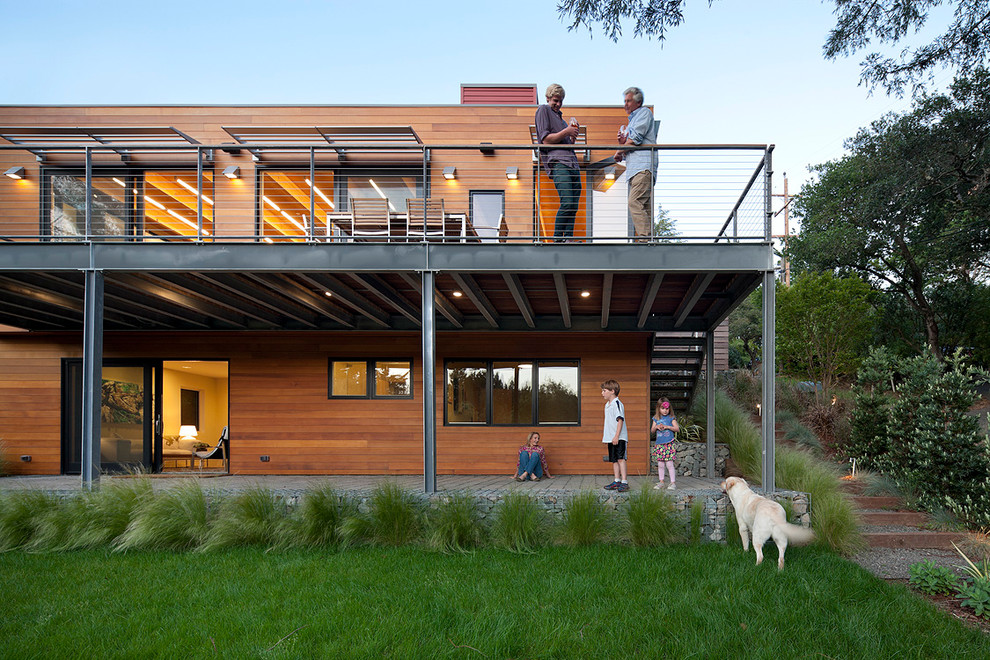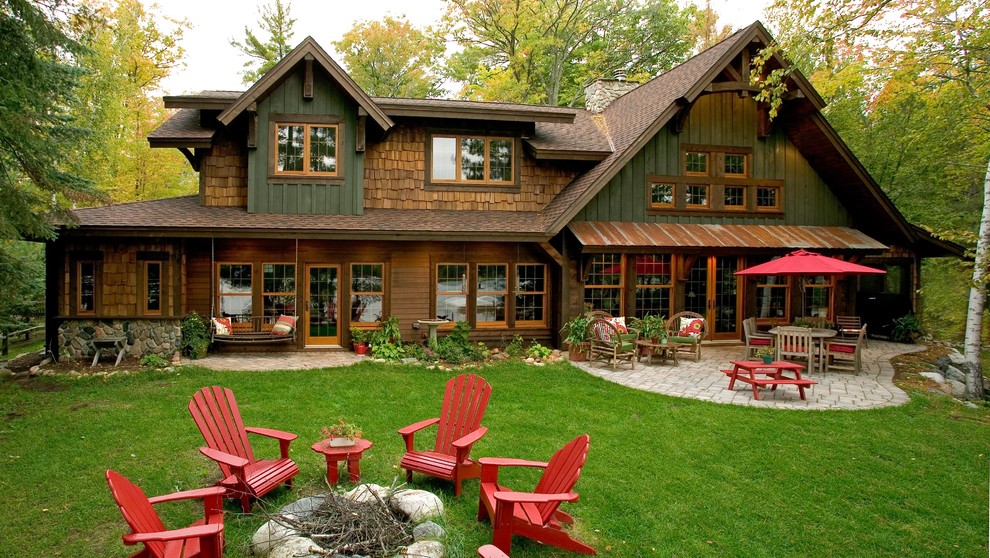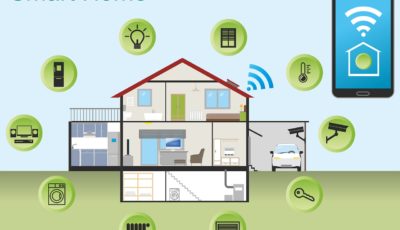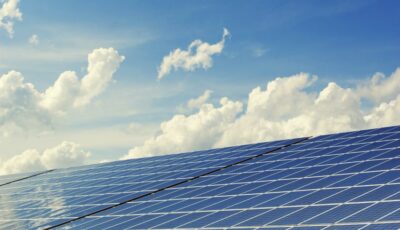6 Smart Ideas for Building a Sustainable Home for Yourself
Ready to build or renovate your dream house? Do you also want it to be green and sustainable? This would not have been possible a decade ago but now is the perfect time to build a green and sustainable house. You don’t have to compromise comfort, design or functionality just because you chose to go down the green road.
Besides the regular electrical products, incorporate green materials and ideas in your construction.
6 Green Building Ideas for Self-Build Homes
Small is Better
You can build the greenest house ever made – but if it covers a lot of ground, it can’t really be green. A large house will have a huge environmental impact.
A small house with the same energy-efficiency and greener construction techniques will have a smaller environmental impact. Just because it is a small house doesn’t mean you have to live a restricted life. You can make an expansive and tall house on a smaller footprint.
Photo by Geoffrey Butler Architecture & Planning
Small houses are high on energy efficiency and have lower maintenance costs. Plan and manage the space well.
Use Sustainable Building Materials
Using low-impact building materials will reduce the impact of your construction on the environment.
Wood is a renewable and sustainable construction material. Work with a supplier who also follows sustainable planting practices. You can even use bamboo, linoleum and cork for flooring. They are natural, renewable and can be recycled at the end of life.
Get a Smart Thermostat
Get a highly-programmable thermostat that can help you be more energy efficient. These thermostats can be programmed to adjust the heating and cooling activities by considering the time of the day. You can adjust such thermostats remotely, even if you are not present in the house.
It will reduce the heating and cooling bill, and energy production. Moreover, if the HVAC system works efficiently, it will have a longer life.
Befriend the Sun
Solar energy is the best source for obtaining low-cost and clean energy. Install solar panels on your roof and take advantage of the sun. You can generate electricity to power your entire house.
In fact, you may generate enough energy to sell some to your utility company. By law, the utility companies are required to purchase excess power from grid-connected homes. There are also tax breaks, grants and other government incentives if you use solar power at your home.
This means you can have a sustainable home and make money at the same time.
Insulate The House
Decide how you want to insulate the house during the planning and design phase itself. You need to insulate the walls, roof and floors so that you don’t spend extra energy to heat up the house.
Photo by Griffin Enright Architects
You need to make sure that the doors and windows are thermally efficient. Use double- or triple- glazed glasses for the windows. Maximize the solar gain and install external shading to prevent overheating in the summer.
Use natural and recycled insulation materials or natural textiles to insulate the house. They help with energy conservation and you wouldn’t have to spend extra on keeping the house warm.
Make a ‘Recycled House’
Use construction products that are recycled. For example, you can use total-fill insulation that is made from recycled materials like newspapers. This will not only lower your initial costs but also pay off in the long run. You can find wool, cotton and wood pulp by-products in roll or spray-in insulation.
Photo by Lands End Development – Designers & Builders
Other recyclables you can use are reclaimed wood, recycled glass or metal. You can even consider recycled steel or plastic composite as they are highly durable. They will reduce the amount of lumber you would otherwise require for the construction.
Another idea could be to turn rubber tires into flooring or plastic bottles into benches.
There are so many green products that you can use to build your house. Green and sustainable houses are known as high-performance houses since they are efficient and save you money. So, get your toolbox ready and get started!
Author bio
Jeson Pitt works with the marketing department of D&F Liquidators and regularly writes to share his knowledge while enlightening people about electrical products and solving their electrical dilemmas. He’s got the industry insights that you can count on along with years of experience in the field. Jeson lives in Hayward, CA and loves to explore different cuisines that the food trucks in the Bay area have to offer.
















